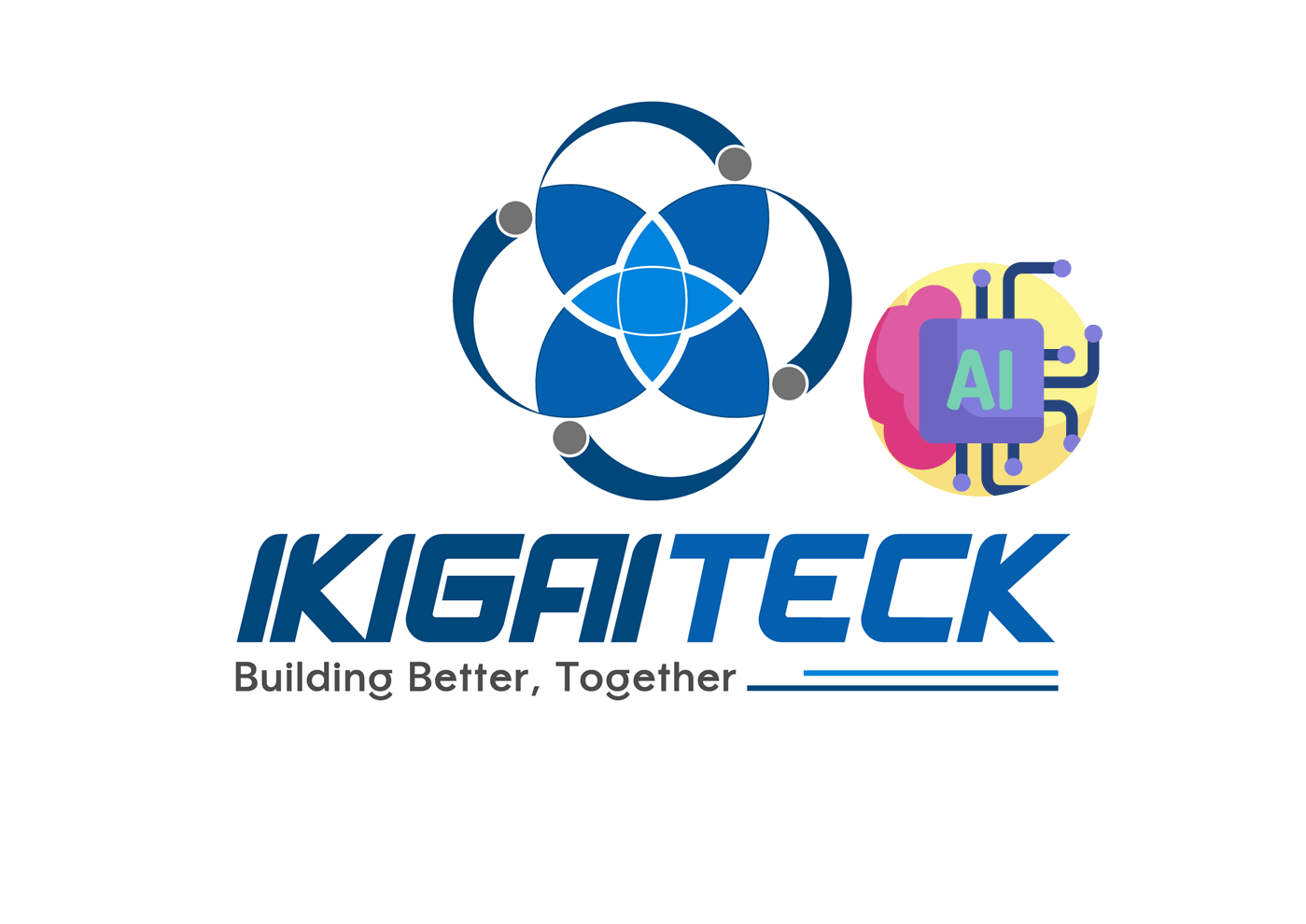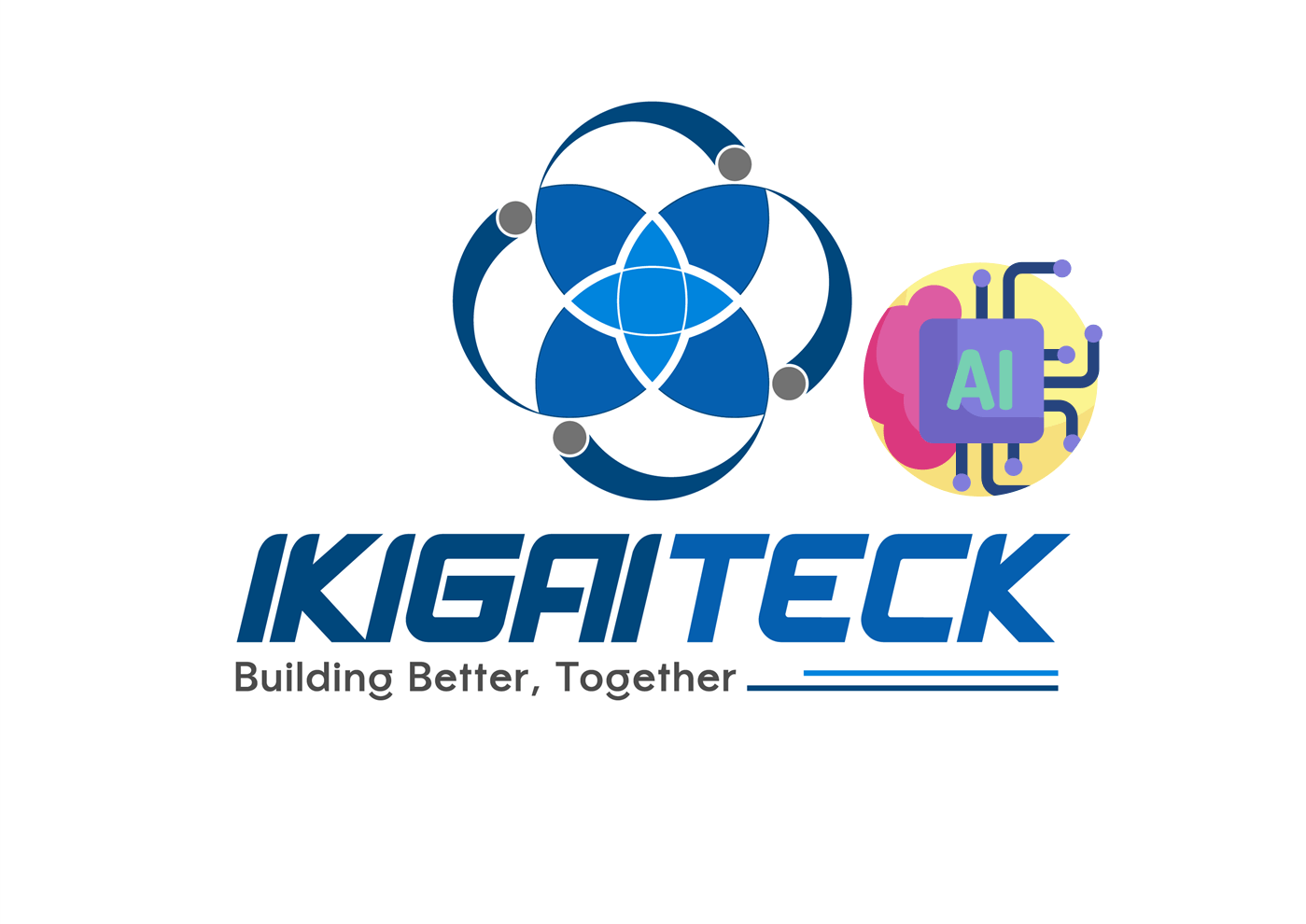Best Automation Tools: Zapier, Make, n8n, and Pipedream Compared
Understanding Automation Tools in 2025
Automation tools are no longer a niche solution—they've become essential for anyone looking to streamline workflows, save time, and reduce manual work. These platforms allow you to link various services together, enabling tasks to run on autopilot.
Let’s break it down: instead of manually saving Gmail attachments to Google Drive or copying form responses into a spreadsheet, automation tools can take care of that behind the scenes. For instance, when a customer fills out a form, you can instantly send a confirmation email, update a CRM, and log the lead in a project tracker—all without lifting a finger.
And while there are dozens of automation tools out there, four names stand out in 2025: Zapier, Make, n8n, and Pipedream. Each offers its own strengths, trade-offs, and use cases, making it essential to choose the right fit depending on your technical needs, budget, and future goals.

Why Automation Tools Matter (Now More Than Ever)
The sheer amount of SaaS apps used by businesses and individuals has exploded. But these tools rarely speak the same language out of the box. That’s where automation platforms come in—they serve as the glue that connects everything together.
Whether you're a solopreneur, small business owner, or enterprise team, automation helps:
Eliminate repetitive work
Avoid human error
Speed up task completion
Keep data in sync between tools
Scale without needing to hire more people
Real-World Use Cases for Automation
To make things more concrete, here are a few automation scenarios that resonate with real users:
Freelancers can automatically invoice clients after marking a task complete in Trello or ClickUp.
E-commerce businesses can sync new Shopify orders with inventory systems, CRMs, and shipping providers in seconds.
HR teams can onboard employees with workflows that create email accounts, Slack access, and Notion documentation—all triggered by a single form.
These are just a few examples, but the flexibility is near endless.
Meet the Platforms
Let’s dive into the four major automation platforms shaping the space in 2025.
1. Zapier
Best for: Non-technical users who want a polished, plug-and-play automation platform.

Overview: Zapier is the oldest and most widely known automation tool. It’s built around ease of use and simplicity, with a huge library of integrations.
Key Strengths:
Extremely user-friendly
Thousands of pre-built templates
Vast app ecosystem (5,000+ integrations)
Limitations:
Can get expensive at scale
Lacks some advanced logic and branching without higher-tier plans
Pricing: Starts at $19.99/month (Starter Plan). Pricing scales with tasks.
2. Make (formerly Integromat)
Best for: Power users and small teams who want visual workflows and more complex logic.
Overview: Make offers a drag-and-drop interface that visually maps how data flows between apps. It’s great for building powerful, conditional workflows without needing to write code.
Key Strengths:
Flexible and affordable for small businesses
Visual builder with rich logic
Supports advanced scheduling and multi-step flows
Limitations:
UI can feel overwhelming for beginners
Debugging large workflows can get tricky
Pricing: Free plan available; Pro plan at $10.59/month with 10,000 operations and 5-minute intervals.
3. n8n ("nodemation")
Best for: Developers and startups who want full control, open-source hosting, and customization.

Overview: n8n is an open-source workflow automation tool that you can self-host for free. It appeals to developers who want to build complex, deeply customized automations using code where needed.
Key Strengths:
Free to self-host with unlimited workflows
Advanced conditional logic and code support (JavaScript)
Community plugins and flexible integrations
Limitations:
Requires technical skills to install and maintain
UI is improving but still less polished than Zapier or Make
Pricing: Free for self-hosted; cloud-hosted plans start at $20/month for the Starter tier.
4. Pipedream
Best for: Developers who want code-level control and event-driven automation.

Overview: Pipedream is an integration platform tailored for developers. You write JavaScript directly in the workflow steps, allowing high customization and connection to APIs.
Key Strengths:
Write and run code natively in workflows
Built-in support for hundreds of APIs
Great for real-time event-driven use cases
Limitations:
Requires solid coding skills
May be overkill for simple automation
Pricing: Free plan includes 10,000 invocations/month; paid plans start at $19/month.
Detailed Comparison: Make vs n8n (Head to Head)
Let’s zoom into the two platforms many users often compare: Make and n8n.
| Feature | Make | n8n |
|---|---|---|
| Hosting | Cloud only (Make hosts it) | Self-hosted or n8n Cloud |
| Ease of Use | Beginner-friendly | For technical users |
| Visual Builder | Yes | Yes |
| Pricing Model | Usage-based (operations) | Usage-based or free (self-hosted) |
| Extensibility | Moderate (no custom code) | High (JavaScript, custom nodes) |
| Templates | 1000+ templates | Community + custom templates |
| Ideal For | No-code users | Developers / technical teams |
Choosing the Right Tool for Your Needs
There’s no one-size-fits-all in automation. Here’s how to decide:
Choose Zapier if you want fast results with minimal learning.
Choose Make if you want complex flows without code, and are comfortable exploring a bit.
Choose n8n if you need full flexibility, self-hosting, or love writing custom scripts.
Choose Pipedream if you’re building event-driven systems or backend tools with direct code access.
Other Notable Automation Tools (Niche Players)
While the four platforms above dominate the space, you might also want to check out:
IFTTT: Great for smart home and simple mobile app automations.
Activepieces: Open-source automation with UI similar to Zapier.
Relay.app: New collaborative workflow tool with human + machine interaction.
These tools tend to serve narrower use cases, but they’re worth watching.
Final Thoughts
The automation landscape in 2025 is more powerful and accessible than ever before. Whether you're an indie creator or a growing business, choosing the right platform can save you hours of repetitive work each week—and unlock creative ways to scale without burning out.
Start with your goals: Do you want ease of use? Full control? The ability to host workflows yourself? Your answers will point you to the platform that fits best.
(Some links on our site may be affiliate, meaning we may earn a small commission at no extra cost to you.)
Subscribe now !
Be the first to explore smart tech ideas, AI trends, and practical tools – all sent straight to your inbox from IkigaiTeck Hub
IkigaiTeck.io is an independent tech publication sharing practical insights on AI, automation, and digital tools.



